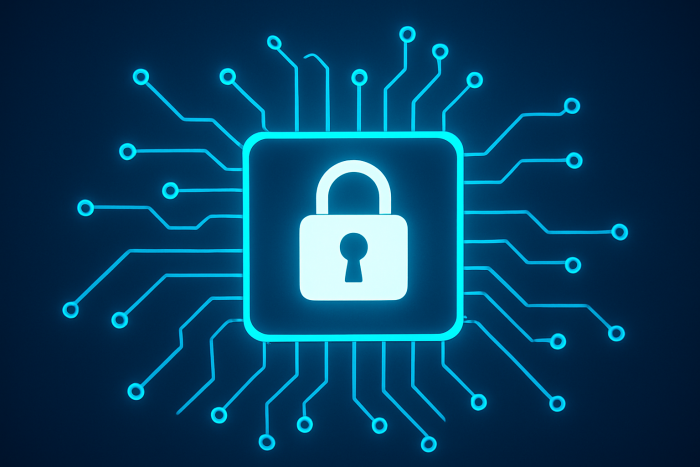As digital assets evolve, one looming threat could reshape the entire security foundation of crypto: quantum computing. Though still emerging, its future impact on encryption and blockchain integrity is undeniable — and institutions must start preparing now.
The Quantum Threat
Today’s blockchains depend on mathematical problems considered infeasible to solve — like factoring large numbers or computing discrete logarithms. Quantum computers, however, are built to do exactly that.
With algorithms such as Shor’s, a sufficiently powerful quantum system could break RSA or ECDSA, the signature schemes that protect wallets, custody platforms, and smart contracts.
While large-scale quantum computers may still be years away, attackers can already “harvest now, decrypt later” — collecting encrypted data today and waiting to decrypt it once quantum power arrives. For institutions managing long-term digital assets, this creates a serious future exposure.
Enter Post-Quantum Cryptography
To defend against this, researchers have developed post-quantum cryptography (PQC) — new encryption and signature methods designed to resist quantum attacks.
The U.S. National Institute of Standards and Technology (NIST) recently approved the first PQC standards, including CRYSTALS-Kyber and CRYSTALS-Dilithium, marking a global shift toward quantum-safe cryptography.
For the crypto industry, PQC represents not only a new layer of defense but also a strategic milestone — aligning security infrastructure with the realities of future computing power.
Why Institutions Should Care
Institutional players — custodians, exchanges, tokenization platforms — hold assets that must remain secure for decades. Quantum readiness is now part of long-term risk management.
-
Custody: Hybrid systems combining classical and PQ signatures can safeguard stored assets.
-
Tokenized Assets: RWAs and smart contracts with long lifecycles must remain verifiable under future cryptography.
-
Compliance: Regulators increasingly expect proactive planning for systemic risks — including cryptographic obsolescence.
Integrating PQC early signals maturity and resilience, both to clients and regulators.
The Migration Path
Transitioning to PQ security won’t happen overnight. A phased roadmap is key:
-
Assess existing cryptographic dependencies and long-term data risks.
-
Experiment with hybrid schemes and pilot integrations using PQ algorithms.
-
Transition gradually, prioritizing new deployments and custody systems first.
The most effective approach today is hybridization — using both traditional and PQ cryptography until standards, tooling, and performance stabilize.
Preparing for the Future
Quantum computing won’t break crypto tomorrow — but ignoring it until it does would be costly. Institutions that begin adapting now will protect client assets, maintain regulatory trust, and lead in secure infrastructure innovation.
Quantum-resistant cryptography isn’t a distant concern. It’s the next competitive advantage in digital finance.






